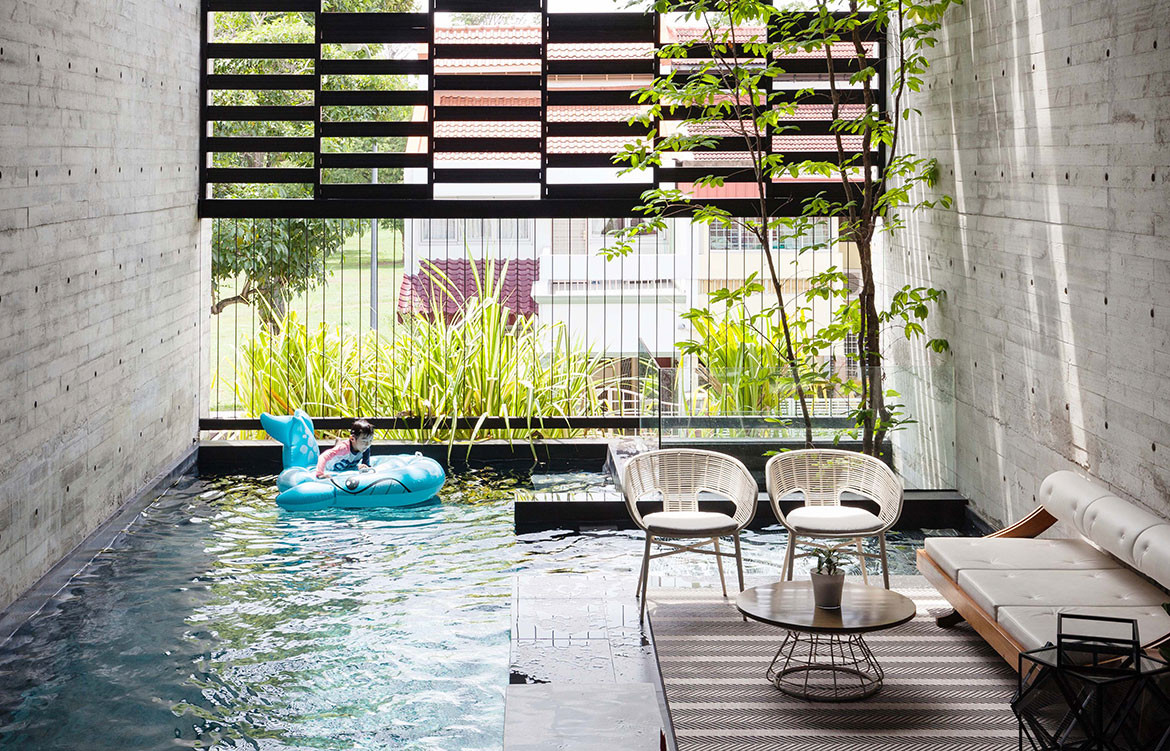Singapore’s residential architecture landscape has a rich history beginning from traditional typologies of the Malay attap house and the black-and-white bungalows that British appropriated from the former; to innovative brick and constructs of the 60s and then the Modernism-inspired glass cubes that continue to manifest today. Along the way, a hodgepodge of various influences has resulted in Spanish-type villas, pitched-roof timber homes with stone walls attempting to recreate the atmospheres of Balinese retreats and the odd Fengshui-guided houses in shades of fuchsia or tangerine.
While it is hard to critique on style – a home is, after all, a matter of personal taste – what is good and bad architecture can be debated upon. To quote Le Corbusier from his 1927 manifesto Vers Une Architecture (Toward An Architecture): “A house is a machine for living in. Baths, sun, hot water, cold water, warmth at will, conservation of food, hygiene, beauty in the sense of good proportion.” So if one were to ponder on the idea of what a house should be, it should be a shelter that for over a prolonged period, providing a functional and pleasant framework for everyday routines to take place comfortably.
In order to ensure comfort in the context of Singapore’s harsh tropical climate, architects and designers must ensure issues of shade, rainfall, light and ventilation are well taken care of. More than simply engaging the easy convinces of air conditioning, a house should be designed to passively engage the natural environment it is set within.
The two local contenders for the Habitus House of the Year Award – the Branksome Road House by Amer Architects and Open House by Formwerkz – are good case studies of how this is done. Nature is embraced rather than shut out, translating to sustainable buildings. More than physical comfort, they are also well designed for comfortable connections between occupants – meaning a good balance of spaces and thresholds for social and private connections, which is the very basis of effective family life.
While architecture awards are plentiful, it is important that there are more, such as the Habitus House of the Year Award, specifically targeting residential architecture. After all, there is a sea of well-designed houses in the region to highlight and set apart as good models for homeowners who, compared to commercial architecture, have the autonomy of choice.
Since this award is intended to showcase outstanding examples of residential architecture, the organiser should consider extending the award perimeters or creating another award for a more generic umbrella to include housing and interiors. It would be relevant to a dense city like Singapore where majority of homeowners reside in apartments rather than landed property, and will be able to address in greater detail primordial topics of space constraint, communal living and the relationship of housing within the urbanscape.












